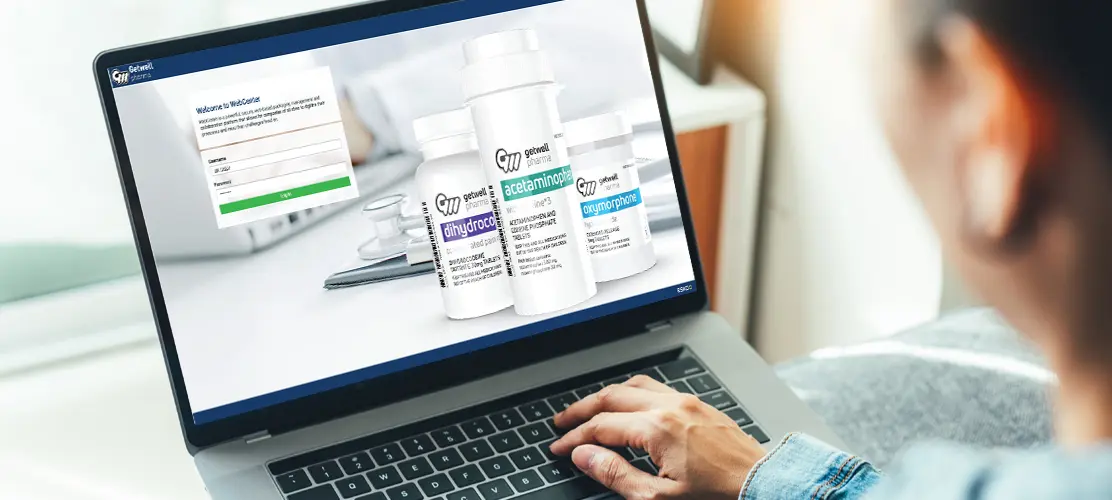Pharmaceutical and medical device companies operate in a highly regulated and dynamic environment. They face numerous challenges ranging from regulatory pressures to the demand for faster production and patient-centric solutions. The artwork process, which involves creating labels, inserts, and packaging, is a critical component of pharmaceutical and medical device operations. To address the complexities and risks associated with this process, many companies are turning to automated artwork solutions.
Business Challenges
Highly regulated companies face a multitude of challenges when it comes to managing their artwork processes. These obstacles include the constant need to adapt to evolving regulations, product variations, and market demands, which exert pressure throughout the entire value chain, from research and development to commercialization.
Additionally, in today’s fast-paced drug and device development landscape, companies must prioritize agility and speed. Patient expectations have evolved, with a growing demand for electronic outputs and real-time access to information, requiring a shift towards personalization and transparency. Even minor changes can trigger significant repercussions across various aspects of artwork, such as labels, packaging, and content, affecting multiple regions and markets.
Current State
The current state of artwork processes in highly regulated companies is characterized by manual and error-prone practices. These processes involve copying and pasting labeling content into various submission formats, including inserts and labels, resulting in time-consuming tasks that are susceptible to human error. Managing relationships among different artwork components is complex, compounded by the need for multiple language versions in each country. Content updates are predominantly executed manually, and the extensive reliance on copy-and-paste practices, coupled with mandatory version control and traceability, which is also often manually tracked, introduces significant risk of inconsistencies and errors throughout artwork production.
What is Automated Artwork?
Automated artwork is the process of automatically applying changes to labeling content within artwork. One of the primary benefits is ensuring consistency and maintaining high-quality artwork. Automation in the artwork process also significantly enhances efficiency, resulting in faster production. Automated artwork extends its capabilities to various types of artworks, including labeling and leaflet artwork, each with its unique complexities.
There are different levels of artwork automation, two common models include:
- Semi-Automated – A manually initiated push of content from the content source into the graphical editor. In this workflow, the artwork operator would have control over the content push and would be responsible for “fine-tuning” the content for things like fixing overflows, font sizes, etc.
- Fully Automated – Once content is finalized and approved at the content source, a “generate artwork” button would automatically execute the process of updating artwork with no or minimal operator intervention.
In either case, a company’s Standard Operating Procedures would dictate how the artwork changes are moved to a ready-for-release status. For example, a review and approval process would still typically be part of the process, even with an automated “generate artwork” process described in the fully automated model.
The goal of automation is to streamline and assist in the traditionally manually intensive activity of artwork updates. Companies may decide to start with a more simplistic approach (semi-automated) and then over time, move to higher degrees of automation (fully automated).
The Esko Solution
WebCenter Content Management is a comprehensive solution that simplifies the content process, promotes content reuse, and reduces risks by allowing content updates to be applied uniformly across all affected outputs. With a web-based intuitive interface, content writers can efficiently create, manage, and reuse content. The solution ensures the consistent and traceable management of the content lifecycle, facilitated by flexible workflow capabilities. It also provides a repository for approved content, allowing the organization to store, organize, author, edit, review, manage versions, and create outputs from components seamlessly.
Additionally, WebCenter Content Management systematically manages content relationships with phrases, icons and tables within a core platform bolstered by standard, configurable iPaaS connectors for easy integration into existing processes.
WebCenter Content Management also allows for specifying and reusing various types of content, such as text, claims, symbols, and barcodes, for use in packaging artwork, labels, leaflets, and other materials. It also eliminates the need for manual copy-and-paste from spreadsheets and documents while ensuring compliance with submission-ready file formats. Clearly, this integrated approach simplifies and enhances the artwork automation process for pharmaceutical and medical device companies.
If labeling content currently exists in a Structured Content Management System, Esko can integrate with it. The existing SCMS would remain as the source of truth and Esko’s content management interface would manage the content-to-artwork relationships and the artwork change process.
In the cases where the source of truth is an MS Word format (often for leaflet content), Esko can extract content directly from the MS Word format to streamline the process and eliminate the effort of manually converting from unstructured to structured data sets.
Create Your Business Case
Creating a business case for automated artwork involves considering various key drivers. Quantitative factors such as cost reduction, efficiency improvements, and the right-first-time approach are essential. Cost reduction strategies revolve around the critical importance of time in capturing full revenue opportunities. Emphasizing right-first-time quantitatively highlights the financial benefits of preventing errors as opposed to fixing them. Content reuse drives efficiencies in the process and ensures consistency across the product portfolio.
Automation further enhances efficiency by reducing manual effort, allowing employees to focus on value-added tasks and eliminating duplicate work. Automation mitigates risks by eliminating errors and ensuring a seamless end-to-end digital content flow, thus enhancing overall quality. Moreover, it fosters traceability across the organization, promoting better planning and collaboration.
Finally, automated artwork solutions empower highly regulated companies to tackle complex industry challenges. By optimizing processes and enhancing compliance, these solutions provide a competitive market edge.
